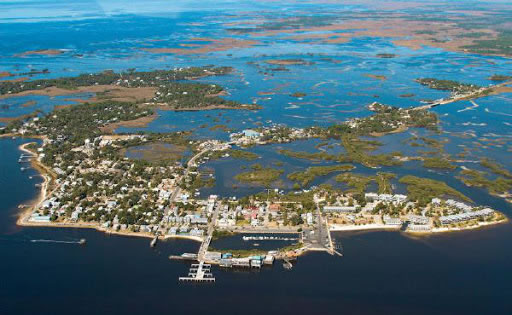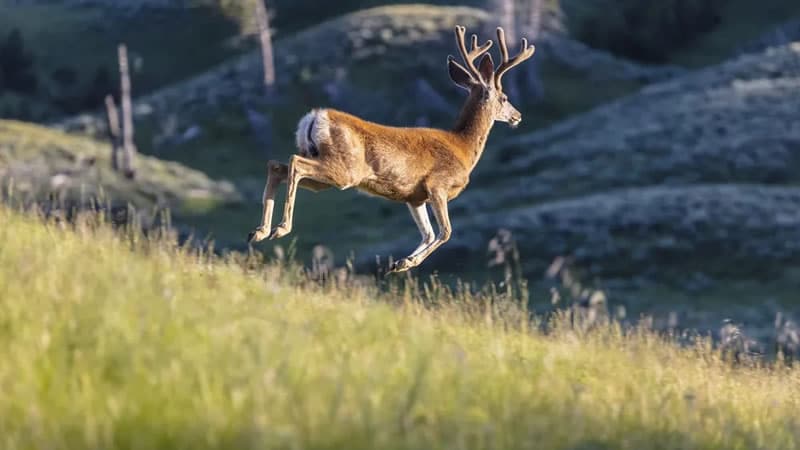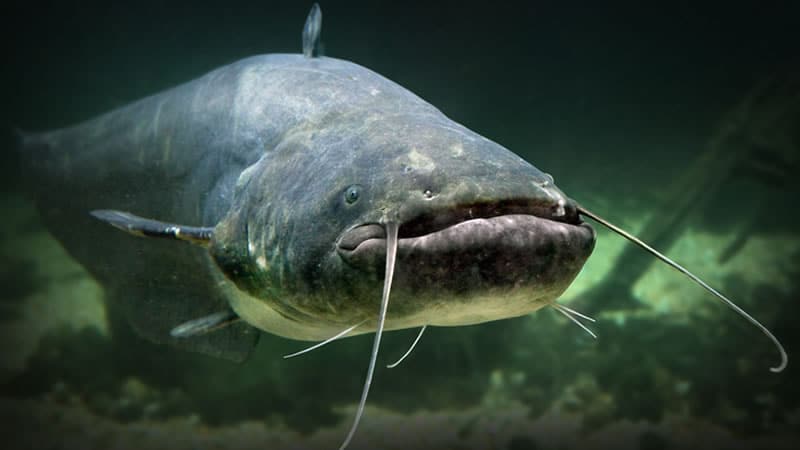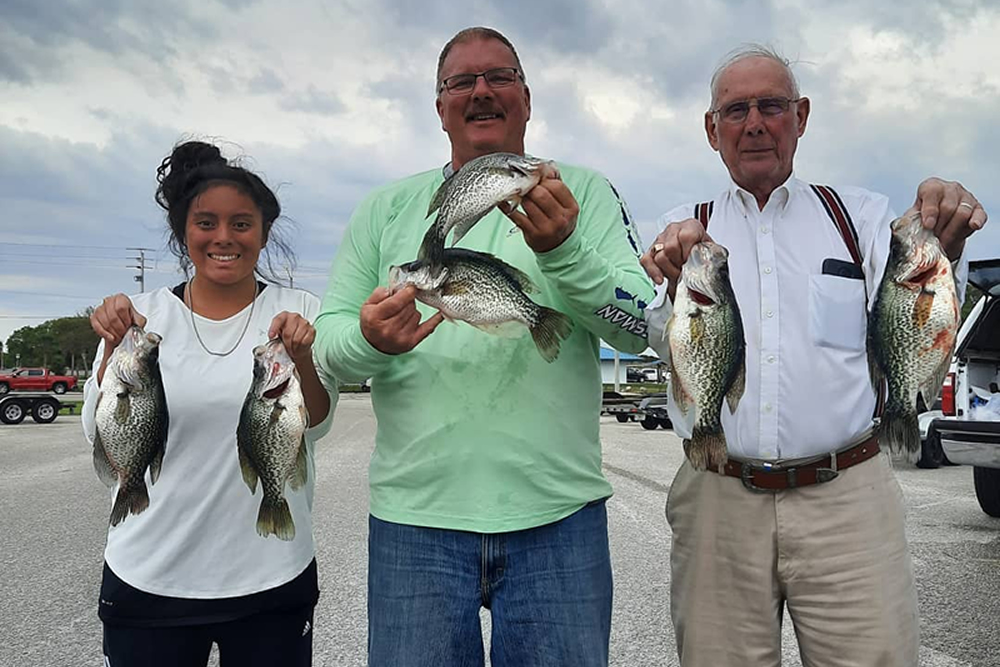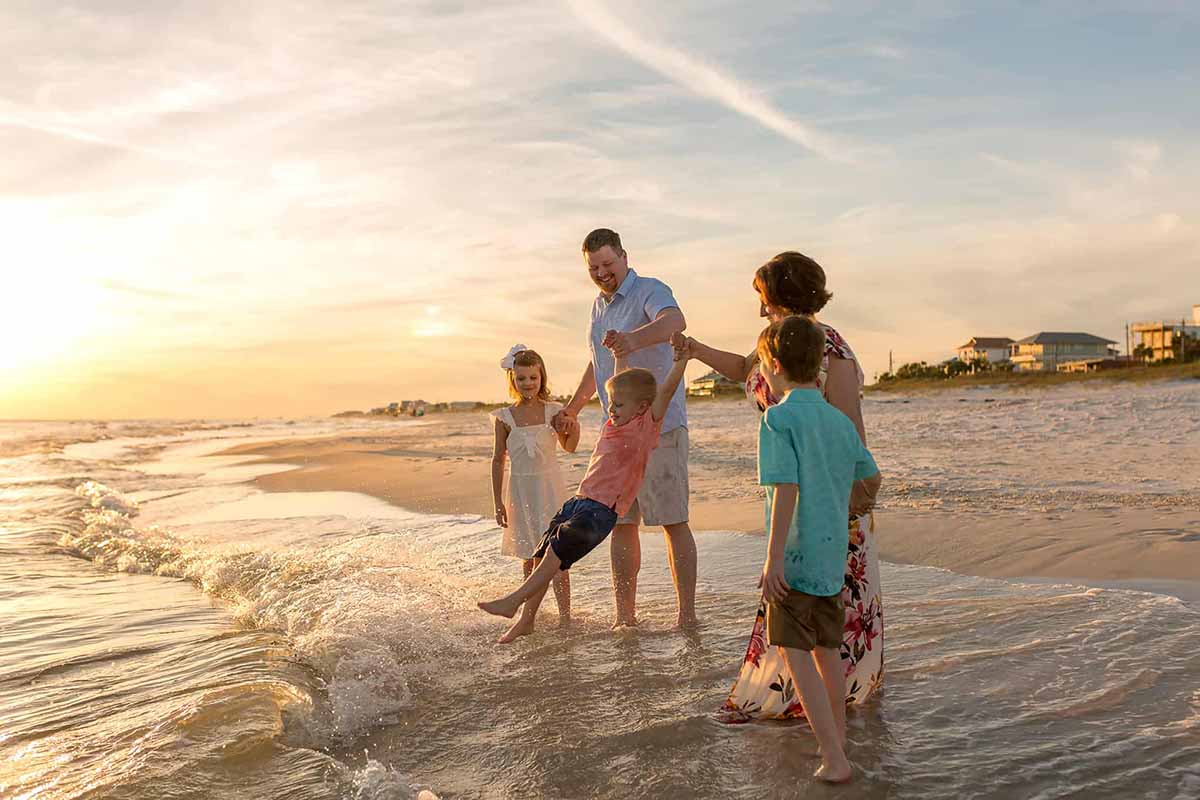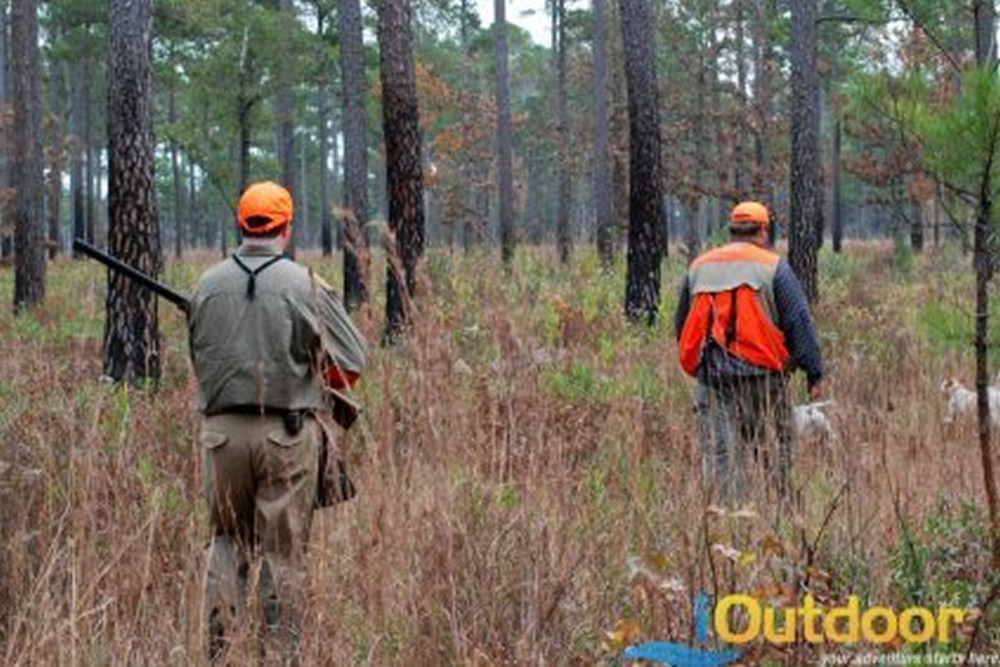Lose yourself in Cedar Key
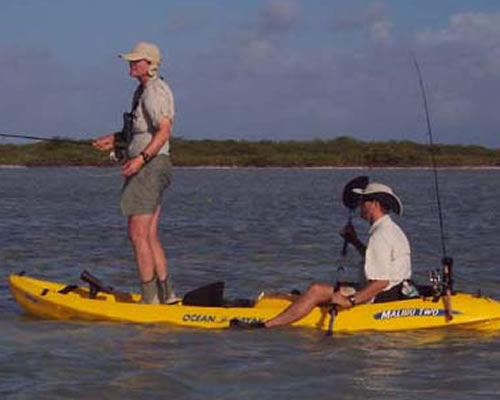
Kayak Fishing
Cedar Key is a flyfishing central for Big Bend waters. The island offers access to a sprawling salt marsh complex of tidal creeks and channels, Spartina grass, oyster bars, and islands covered with pine, cedar, and cabbage palm.
In this quiet corner of the state, anglers pursue redfish, seatrout, sheepshead, big black drum, and the occasional flounder–all of which can be taken on flies at various times of the year.
Local Cedar Key Fishing Charter
A good starting point for fishermen learning these waters, whether you have experience or not. Is to use a local Cedar Key Fishing charter to navigate the numerous oyster clumps. The area Colonies of live oysters harbor lots of crabs, a favorite redfish food. They also provide better cover for finger mullet. Add a rising tide into the equation and you get prime territory for gamefish.
Fly casting around this gnarly, abrasive structure calls for some specialized tactics, that only the local guides know. You can find sheepshead and black drum tailing on the crown of many of these oyster bars. Finding them is another thing which is where the local fishing charter is so beneficial. Below find a great list of things to bring, but again hiring a local fishing charter and all this is provided.
Whether you prefer guided trips or the do-it-yourself variety. The salt marsh complex around Cedar Key presents a wealth of opportunities for the flyfisher. Spend a day, a week, or a lifetime exploring the fly fishing and the natural beauty of this Gulf Coast paradise.
Cedar Key Fly Fishing
You can catch fish, but you may lose files to the oysters. In season, an oyster is a choice picking for the seafood lover, but they put up a lousy fight on a fly rod. Flies with wire weed guards are of immense value, and a floating fly line is crucial in this area. Leaders, too, should be extra abrasion-resistant, and you should check tippet sections frequently.
When the water temperature dips into the 60s or 50s the fish often won’t chase a fast-moving fly. Besides, you want that fly right down near the bottom, where the fish will be. Fish get thick in these deep holes back here when it’s cold. At times, when the water temp is right you can catch a fish on almost every cast.
What to Bring
Fly casters heading to Cedar Key should carry at least two rods, one rigged with a floating line, the other with a sink-tip. Seven- and 8-weights are ideal. With the sinking outfit, you’ll be ready to fish places with fast currents or deep holes or both. The floating line is used to work the edges of oyster bars or other structures.
Leader length will vary with the type of line used. On sinking, lines use a short leader, between two and three feet. A single length of 15-pound-test monofilament works well. On the floating line using a 9- or 10-foot leader tapered down to a 15-pound tippet. Check these tippet sections frequently for abrasion, as the oysters will shred them in short order. Be sure to bring extra leader material and plenty of flies!
History on the Cedar Key Fishing Area
Besides the shell bars, the waters around Cedar Key are well known for vast Spartina marshes. Since the water tends to be murky here, flies that are flashy, noisy, weighted, or that push water are preferred. On low water in the backcountry, the fish congregate in holes, especially around the points of bars where the current comes ripping through. Unlike fishing the oyster bars, you’ll want a sinking line. Make long, probing casts and retrieve slowly.
Mostly undeveloped, much of this watery wilderness is part of the Lower Suwannee National Wildlife Refuge or the Cedar Keys National Wildlife Refuge. Access to most of the area is only by boat. And while you can fish some of it in a skiff or a jonboat, exploring and fishing this marsh in a kayak makes a great deal of sense.
kayaks allow you to get into skinny water over bars and other obstructions that keep other boats out. Kayaking anglers can reach areas that receive very little fishing pressure. If you’re willing to get out and walk on top of the bars you can really work over-promising or productive areas. Canoes let you touch the past as you explore the area the same way that natives did hundreds or thousands of years ago.
Yet another large piece of this salt marsh system presents itself for exploration to the east and south of Cedar Key at Waccasassa Bay State Preserve. The 31,000 acres here have no public access other than by boat.
Boat Ramp
One place you can launch a kayak is at the public boat ramp found at the first bridge you cross when you travel toward Cedar Key down S.R. 24, the Channel Four bridge. Use the wind and currents to determine your direction of travel. Your best tactic involves catching the tide one way, fishing as you go. You wait for the tide to turn, and then catch the flow back to the launch site, again fishing as you go.
You’ll find another good area around Rattlesnake Key, west of the S.R. 24 bridge. An extensive system of oyster bars surrounds the key, giving the angler plenty of promising spots to try. This expedition is best saved for a nice weather day. The island is only about two miles from the boat ramp but lies at the edge of the marsh and the open Gulf.
Also check out the waters around Shell Mound, north of Cedar Key. Take S.R. 24 from Cedar Key back and head toward Gainesville. Take the first left on C.R. 347 and then follow the signs. Any additional questions don’t hesitate to contact a local Cedar Key fishing charter.
Accommodations and Diversions
Cedar Key has a long and interesting history which the visitor can learn about at the Cedar Key State Museum. Most of the residents there now make their living by fishing, by catering to the tourist trade, or by creating art. You’ll find many interesting small galleries in town.
If you like eating seafood, a walk around the town will be an adventure. Restaurants line the streets, most serving freshly caught seafood. The town boasts of many excellent accommodations for visitors. One of the nicest is The Island Place, right on the Gulf and a one-minute walk from the town boat ramp. Call them at (352) 543-5307. For more information about lodging or restaurants in Cedar Key call the Chamber of Commerce at (352) 543-5600 between the hours of 10 a.m. and 2 p.m., Monday through Friday.


